Amtrak president urges travelers to book holiday trains 'as soon as' they can

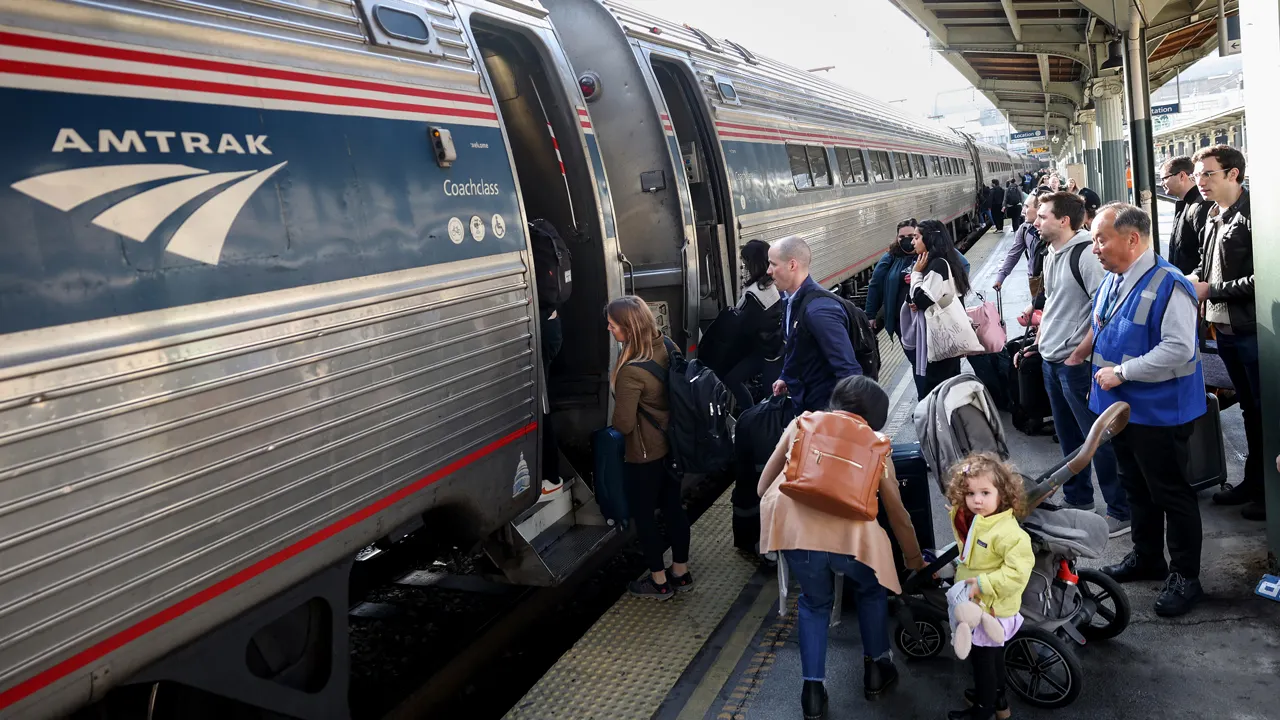


Where to go – and when – for a glimpse of the spectacular aurora borealis

© Getty Images/iStockphoto
All the tranquility of a Caribbean holiday without the crowds, finds Sarah Marshall on a trip to Principe

© Alamy/PA
Poor weather couldn’t spoil my high-altitude walking trip amid these stunning peaks, especially with delicious, hearty Tyrolean cuisine to keep me going
When you come to the Dolomites for winter walking, it’s with the intention of having spellbinding snow-streaked peaks that are unlike anything else in the Alps as your constant companion. But with impenetrable cloud and heavy rain forecast, it was hard not to feel deflated.
Then again, this was Italy, where it’s easy to make the best of things whatever the weather. And the 3 Zinnen Dolomites ski resort and nature park – right on Italy’s border with Austria, about two-and-a-half hours north of Venice, is always charming, with the usual jumble of cultures you see in South Tyrol. Part Italian, it’s more Austrian thanks to the legacy of the Habsburgs, who ruled this part of Italy until 1918. Hence most places have an Austrian and an Italian name, 3 Zinnen or Tre Cime (meaning three peaks) being a case in point. It’s the home of Ladin, an ancient Romance language, too.
Continue reading...
© Photograph: Luisa Fumi/Alamy
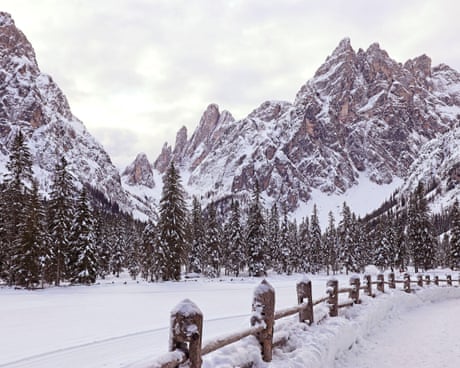
© Photograph: Luisa Fumi/Alamy

© Photograph: Luisa Fumi/Alamy
The Man Who Pays His Way: Thanks for the saving, chancellor – but you need to be targeting other people

© Simon Calder
Commuters on the more expensive routes will save more than £300 a year

© PA Archive

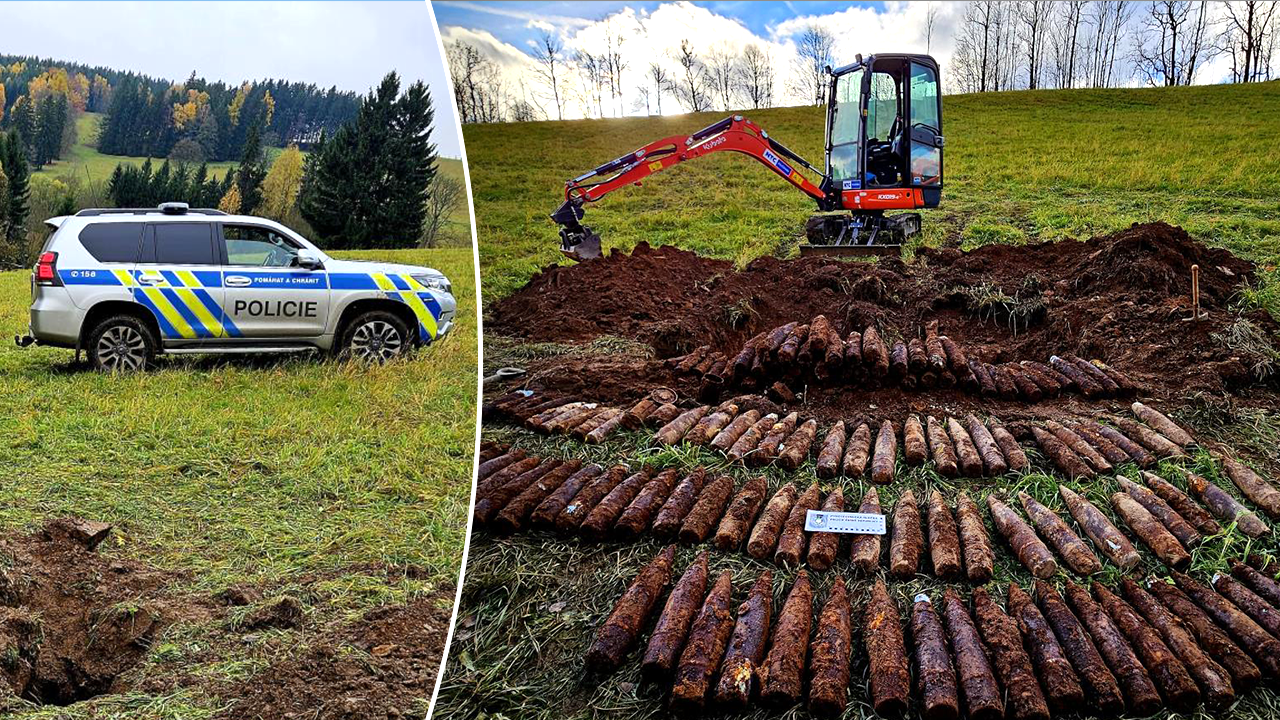
For the explorer and author, the desert outpost, irrigated by water from the Atlas mountains, is the perfect place to decompress
The first thing I notice when I walk into the oasis is the temperature drop. Then, I hear the birdsong and the rustling of the palm trees. The harsh sun dims and there’s water and the smell of damp earth. It’s easy to understand why desert travellers yearned to reach these havens and why they have become synonymous with peace. I’m an explorer who’s walked through many oases with loaded camels, crossing Morocco and the Sahara on foot, but Skoura, a four-hour drive from Marrakech, is a place I visit to decompress.
You may be imagining some kind of cartoon mirage oasis – a sole date palm shimmering above the endless sands. In fact, Skoura has a population of around 3,000 people living in a small town on the edge of the palms with 10 sq miles (25 sq km) of agricultural land. Many visitors to Morocco start in Fez or Marrakech and stop off in Aït Benhaddou, then go down to the Sahara towns of Zagora or Merzouga. Skoura, less than an hour from Ouarzazate, is an ideal stop-off point for a couple of days, or you could combine it with a Marrakech city break. The bus from Marrakech (CTM or Supratours) takes six hours, or you can hire a car (or car with driver) from Marrakech or Fez.
Continue reading...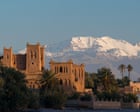
© Photograph: Ron Yue/Alamy

© Photograph: Ron Yue/Alamy

© Photograph: Ron Yue/Alamy

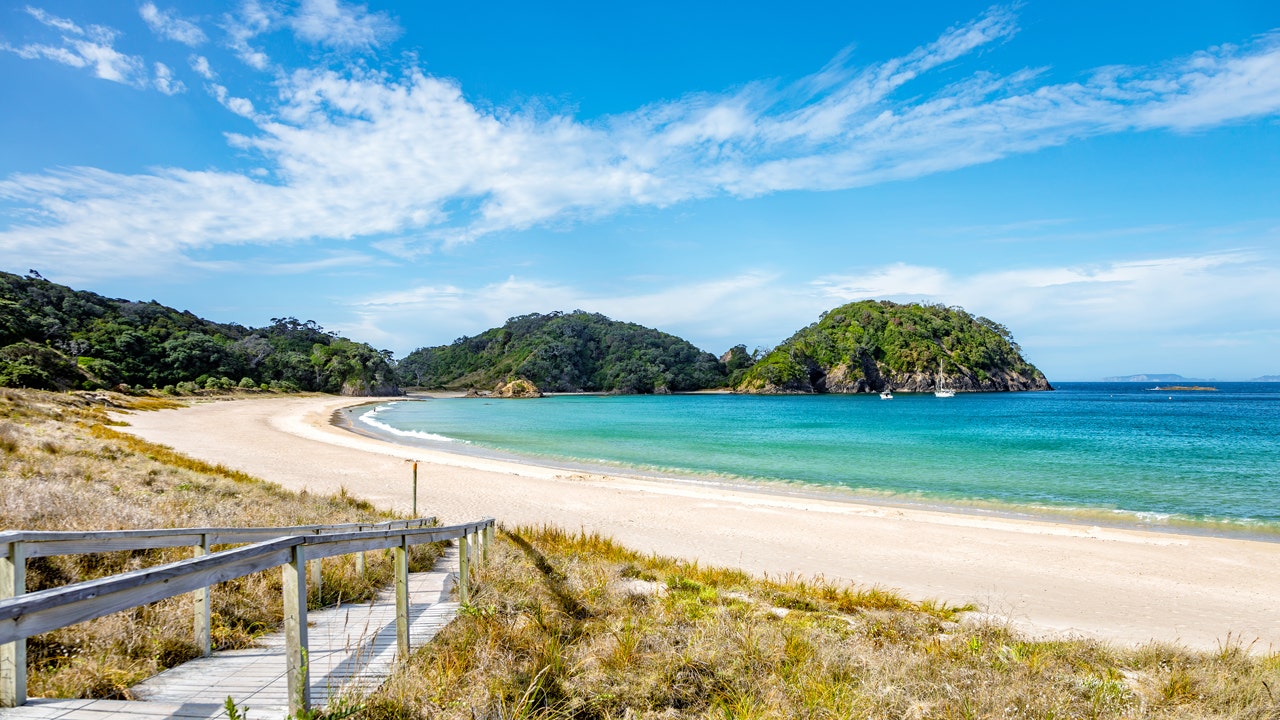


The country has so many cultural and historical treasures that relatively few are known to tourists. Our tipsters share their discoveries, from ancient hill towns to a mini Venice
• Tell us about your favourite travel discoveries of the year – the best tip wins a £200 holiday voucher
Approaching the town of Brisighella in Emilia-Romagna, it feels as though you are rapidly incorporating yourself in the backdrop of a Renaissance masterpiece, with dramatic rocky hills with singular trees perched upon them, and mysterious towers standing in solitary self-possession – leaving you to wonder what they must have witnessed over the years. The town is the perfect launchpad to explore such remarkably beautiful scenery, but it is also absolutely worth exploring its many medieval alleyways and its particularly unique elevated path, granting private nooks to take in the town’s charm.
Gioia
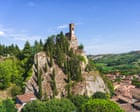
© Photograph: StevanZZ/Getty Images
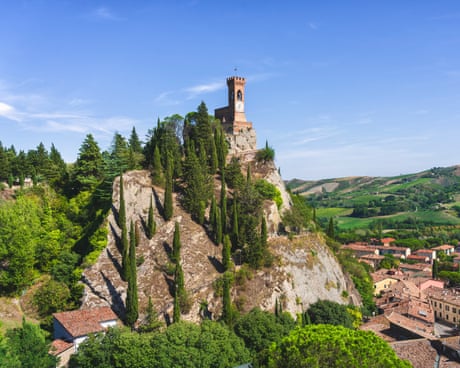
© Photograph: StevanZZ/Getty Images
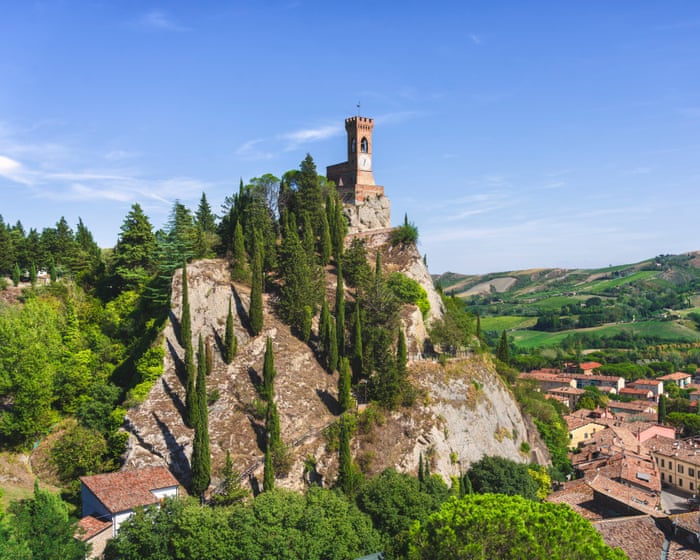
© Photograph: StevanZZ/Getty Images

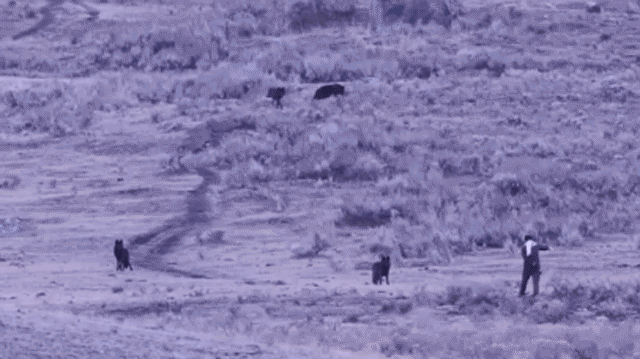


The hot spot seemed the perfect place for Yuletide-loving royalists. But, as with the Eiffel Tower in Beijing and some of the most picturesque windmills in the Netherlands, there was much less to it than first met the eye ...
Name: Buckingham Palace Christmas market.
Age: Brand new this year.
Continue reading...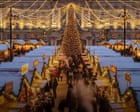
© Illustration: Instagram

© Illustration: Instagram

© Illustration: Instagram
The cosy cabins, bike rides and serenity of De Alde Feanen national park make it the perfect place to switch off and unwind in winter
If there are times when the sights, smells and sounds of a new destination are best downed in a single, heady, flaming sambuca of a weekend, there are others when a more slow-drip pace is called for. Such is the case with De Alde Feanen, in Friesland. One of the most peaceful national parks in the Netherlands, this 4,000-hectare wetland slows down naturally after the summer season. Its waterways shrug off their summer flocks of kayakers, paddleboarders, boat trippers and terrace diners. Museums and galleries close. The local tourist office winds down. Even the park’s population of nesting storks fly south.
A 20-minute drive south-east of Leeuwarden, in the country’s north-east, the lakes, ponds, ditches and canals of “The Old Fens” are the remains of the peat-cutting that began there in the middle ages. Now awash with reeds, rushes and sedges, its watery habitats are richly biodiverse, home to more than 100 bird species as well as otters, pine martens, roe deer and dragonflies. Hay meadows and wetland forest add marsh thistle, reed orchids, alders and willows to the list. Ribboned with well-marked hiking and cycling trails, the proximity to nature draws spring and summer tourists but treasures can be found there in autumn and winter too; among them thousands of ducks and geese, and some of the starriest skies in the Netherlands.
Continue reading...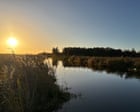
© Photograph: Rhiannon Batten
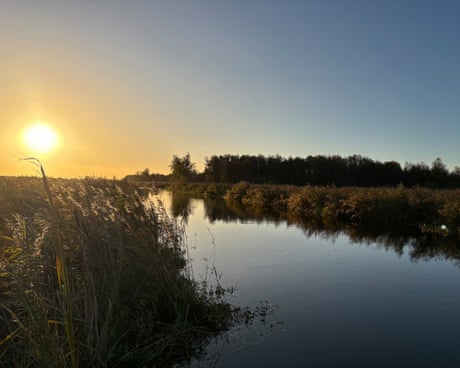
© Photograph: Rhiannon Batten

© Photograph: Rhiannon Batten